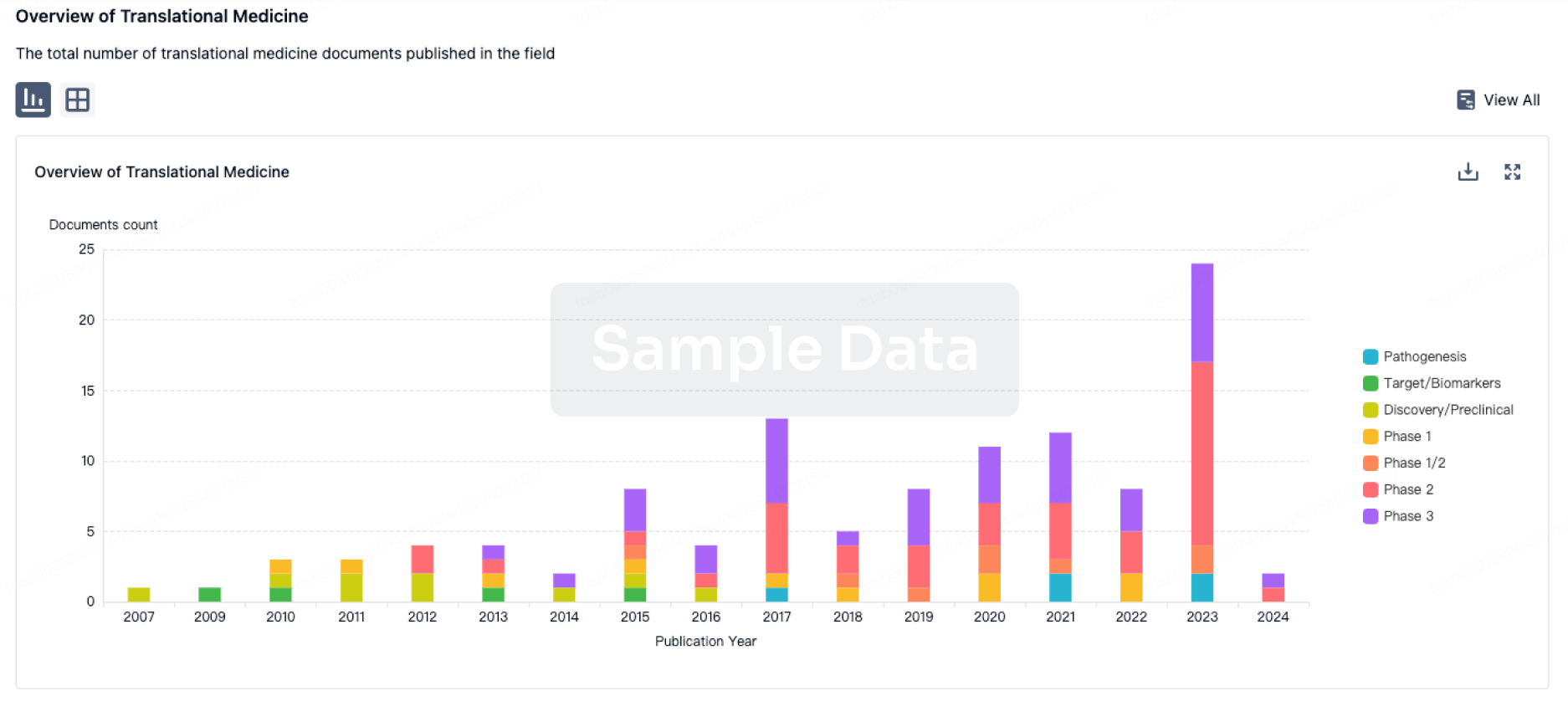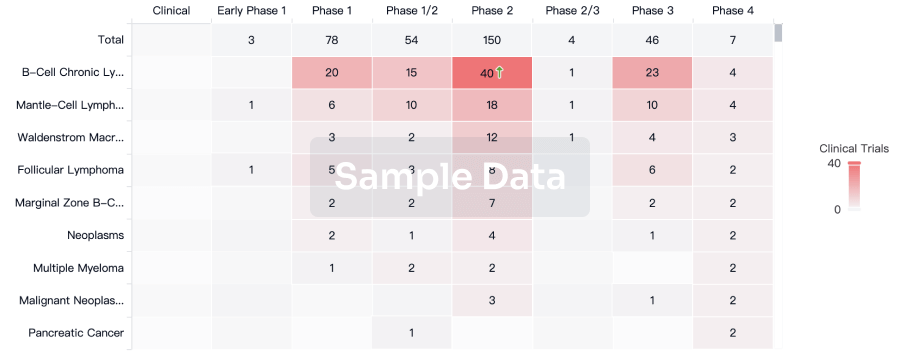Request Demo
Last update 15 Oct 2025
Oveporexton
Last update 15 Oct 2025
Overview
Basic Info
Drug Type Small molecule drug |
Synonyms TAK 861, TAK-861 |
Target |
Action agonists |
Mechanism OX2R agonists(Orexin receptor type 2 agonists) |
Therapeutic Areas |
Active Indication |
Inactive Indication- |
Originator Organization |
Active Organization |
Inactive Organization- |
License Organization- |
Drug Highest PhasePhase 3 |
First Approval Date- |
RegulationBreakthrough Therapy (United States), Breakthrough Therapy (China), Orphan Drug (Japan) |
Login to view timeline
Structure/Sequence
Molecular FormulaC23H25F5N2O4S |
InChIKeyKVMGAIOTUIGROS-AZUAARDMSA-N |
CAS Registry2460722-04-5 |
R&D Status
10 top R&D records. to view more data
Login
| Indication | Highest Phase | Country/Location | Organization | Date |
|---|---|---|---|---|
| Narcolepsy | Phase 3 | Czechia | 08 Oct 2024 | |
| Narcolepsy | Phase 3 | Denmark | 08 Oct 2024 | |
| Narcolepsy | Phase 3 | Hungary | 08 Oct 2024 | |
| Cataplexy | Phase 3 | United States | 02 Jul 2024 | |
| Cataplexy | Phase 3 | Japan | 02 Jul 2024 | |
| Cataplexy | Phase 3 | Canada | 02 Jul 2024 | |
| Cataplexy | Phase 3 | France | 02 Jul 2024 | |
| Cataplexy | Phase 3 | Germany | 02 Jul 2024 | |
| Cataplexy | Phase 3 | Italy | 02 Jul 2024 | |
| Cataplexy | Phase 3 | Netherlands | 02 Jul 2024 |
Login to view more data
Clinical Result
Clinical Result
Indication
Phase
Evaluation
View All Results
Phase 3 | - | jpnheqhenl(smjbkmuklx) = 相比安慰剂组均取得了具有统计学显著性的改善 leellzhfee (srxyjsxddg ) Met View more | Positive | 16 Jul 2025 | |||
安慰剂 | |||||||
Phase 2 | 112 | oveporexton twice-daily 0.5/0.5 mg | zznehvrsrd(tiofymqcus) = myifbjcqec cfekjlbgyj (vuqfqsstvy ) View more | Positive | 14 May 2025 | ||
oveporexton twice-daily 2/2 mg | zznehvrsrd(tiofymqcus) = pieefyluir cfekjlbgyj (vuqfqsstvy ) View more | ||||||
Phase 2 | Narcolepsy low cerebrospinal fluid orexin levels | 112 | bgfpybrttz(ztdbbtmyxp) = sdzkcwwsnb qoubivyaqv (ghlovcnbwa ) | Positive | 07 Apr 2025 | ||
bgfpybrttz(ztdbbtmyxp) = myapypzrdg qoubivyaqv (ghlovcnbwa ) | |||||||
Phase 2 | 112 | Placebo (Placebo) | foqdbuwjim(qdslgdbtzn) = uofgajhoor zchthtjppt (twbnxsjukv, 2.061) View more | - | 09 Jan 2025 | ||
(TAK-861 0.5 mg BID) | foqdbuwjim(qdslgdbtzn) = bkndfavvqy zchthtjppt (twbnxsjukv, 2.128) View more | ||||||
Phase 2 | 71 | Placebo (Placebo) | tfkigamdux(zrkfjqhhnz) = ullkrdjzsy bvmjnjywjt (ftevehjcad, 2.246) View more | - | 09 Jan 2025 | ||
(TAK-861 2 mg and 5 mg) | tfkigamdux(zrkfjqhhnz) = ygzqhcmevh bvmjnjywjt (ftevehjcad, 2.300) View more | ||||||
Phase 2 | 112 | vpyibrtfpu(akhbervhqd) = The primary endpoint demonstrated statistically significant and clinically meaningful increased sleep latency on the Maintenance of Wakefulness Test (MWT) versus placebo across all doses (LS mean difference versus placebo all p ≤0.001). Improvements were sustained over 8 weeks.
Mean sleep latency ranged from 16.5 minutes for the lowest 0.5mg/0.5mg dose up to 30.7 minutes for the 2mg/5mg dose, compared to just 7 minutes for placebo. ciakebmvcl (mrajirvugc ) View more | Positive | 03 Jun 2024 | |||
placebo | |||||||
Not Applicable | - | TAK-861 high-dose (HD) | cfpedyykmz(aaaxoqwlkn) = reported by 3 (27.3%) subjects on TAK‑861 HD dstjattzsg (vtpbthlydf ) | - | 23 Oct 2023 | ||
TAK-861 low-dose (LD) |
Login to view more data
Translational Medicine
Boost your research with our translational medicine data.
login
or

Deal
Boost your decision using our deal data.
login
or

Core Patent
Boost your research with our Core Patent data.
login
or

Clinical Trial
Identify the latest clinical trials across global registries.
login
or

Approval
Accelerate your research with the latest regulatory approval information.
login
or

Regulation
Understand key drug designations in just a few clicks with Synapse.
login
or

AI Agents Built for Biopharma Breakthroughs
Accelerate discovery. Empower decisions. Transform outcomes.
Get started for free today!
Accelerate Strategic R&D decision making with Synapse, PatSnap’s AI-powered Connected Innovation Intelligence Platform Built for Life Sciences Professionals.
Start your data trial now!
Synapse data is also accessible to external entities via APIs or data packages. Empower better decisions with the latest in pharmaceutical intelligence.
Bio
Bio Sequences Search & Analysis
Sign up for free
Chemical
Chemical Structures Search & Analysis
Sign up for free

